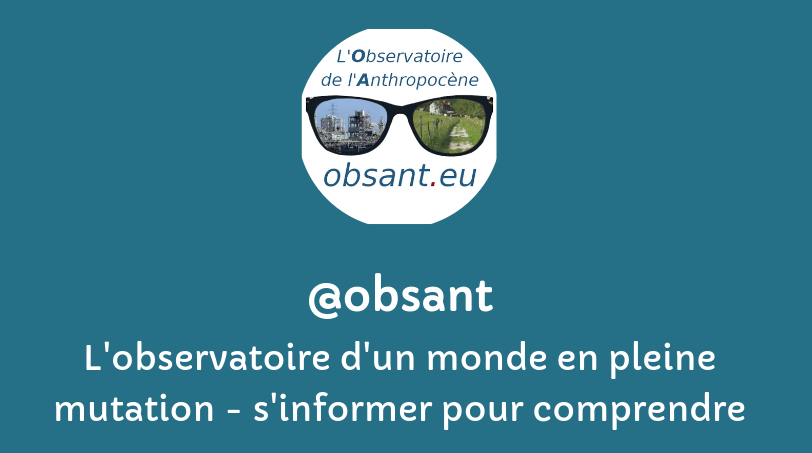Les champs auteur(e)s & mots-clés sont cliquables. Pour revenir à la page, utilisez le bouton refresh ci-dessous.
filtre:
sequestration
The fate, effects, and treatment of per- and polyfluoroalkyl substances (PFAS), an anthropogenic class of chemicals used in industrial and commercial production, are topics of great interest in recent research and news cycles. This interest stems from the ubiquity of PFAS in the global environment as well as their significant toxicological effects in humans and wildlife. Research on toxicity, sequestration, removal, and degradation of PFAS has grown rapidly, leading to a flood of valuable knowledge that can get swamped out in the perpetual rise in the number of publications. Selected papers from the Journal of Hazardous Materials between January 2018 and May 2022 on the toxicity, sequestration, and degradation of PFAS are reviewed in this article and made available as open-access publications for one year, in order to facilitate the distribution of critical knowledge surrounding PFAS. This review discusses routes of toxicity as observed in mammalian and cellular models, and the observed human health effects i
Poly- and perfluoroalkyl substances (PFAS) and global climate change have attracted worldwide attention. PFAS have been found all across the planet, from the polar regions to the global ocean. Global oceans have emerged as a substantial sink for the carbon in the environment due to their remarkable capacity to absorb atmospheric carbon. Oceans absorb around 24% of the world’s CO2 emissions. Thus, the ocean plays a prominent role in the earth’s carbon cycle. However, the widespread application of PFAS in a wide range of products and the inefficient management of PFAS-containing wastes made them ubiquitous pollutants, which are increasingly getting as a pollutant of emerging concern. Marine PFAS pollutants can produce harmful effects on gas exchange and the ocean’s carbon cycle. Thus, it leads to an increase in greenhouse gas emissions, which eventually adversely affects global warming and climate change. Consequently, threats of marine PFAS to oceans carbon sequestration are discussed in this paper. Marine PFA
Soils are known to be an enormous reservoir of carbon and represent an important and dynamic part of the global carbon cycle. However, this reservoir is under constant threat due to a combination of issues, including mismanagement, climate change and intensive agricultural production which has led to depletion of soil organic carbon. Understanding and fostering soil carbon sequestration reviews the wealth of research on important aspects of soil carbon sequestration, including its potential in mitigating and adapting to climate change and improving global food security. The collection explores our understanding of carbon sequestration in soils, detailing the mechanisms and abiotic factors that can affect the process, as well as the socioeconomic, legal and policy issues that can arise as a result of this use. In its extensive exploration of soil carbon cycling and capture, the book highlights how an informed understanding of carbon sequestration in a variety of soil types can contribute to achieving a more su
Many countries' pledges to get to net zero greenhouse gas emissions rely partly on removing carbon dioxide from the atmosphere, using methods such as planting trees and restoring degraded ecosystems. But a report out today has revealed they are relying too heavily on these carbon drawdown schemes to fulfil these promises. The Land Gap Report, which was released today by the University of Melbourne and includes input from more than 20 international researchers, has calculated countries would collectively need 1.2 billion hectares of land to meet their Paris Agreement goals.
National climate pledges would collectively require 1.2 billion hectares (about 3 billion acres) of land, researchers have found in a new study, The Land Gap Report. More than half of this land is already currently used for something else. This demand for land will put pressure on ecosystems, Indigenous lands, small farmers and food security. Protecting existing forests and securing Indigenous and community land rights are more effective than carbon capture plans requiring land-use change, including reforestation.
![]()



